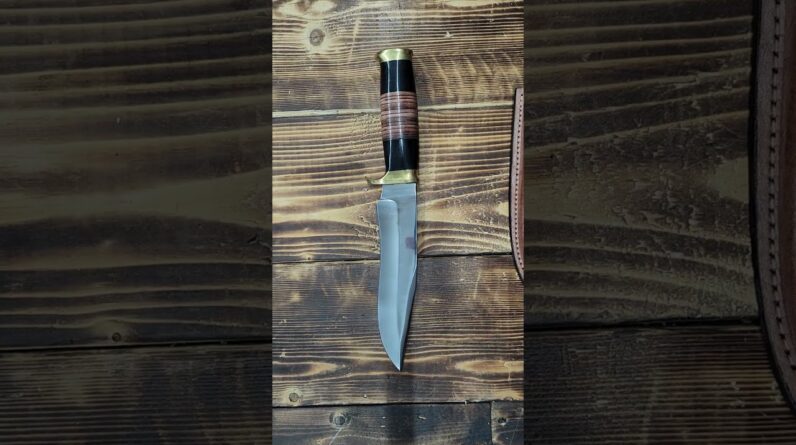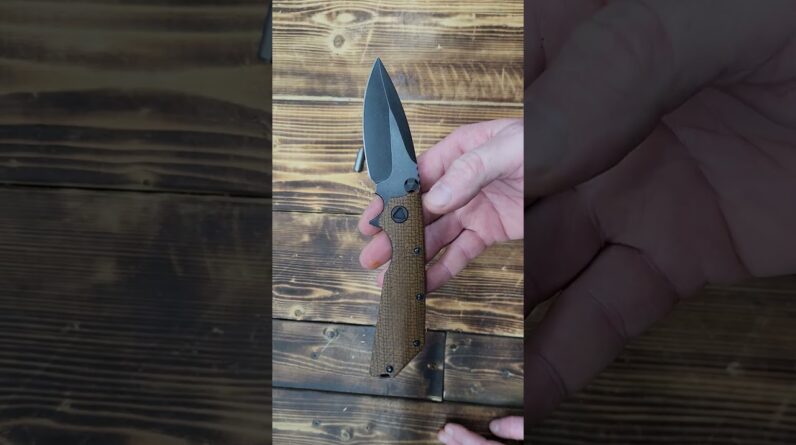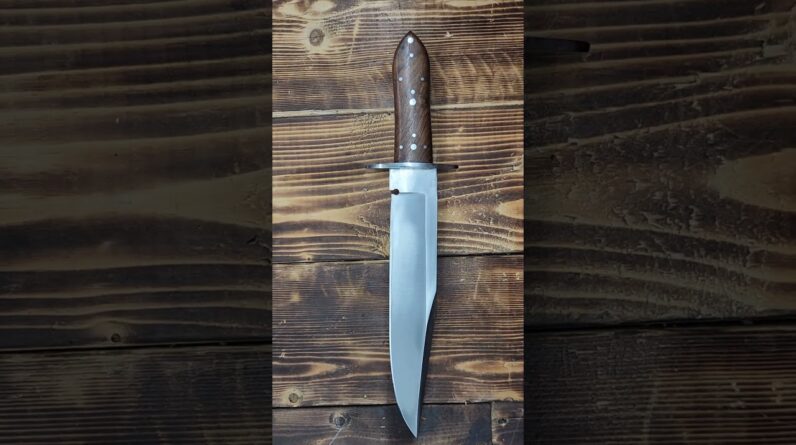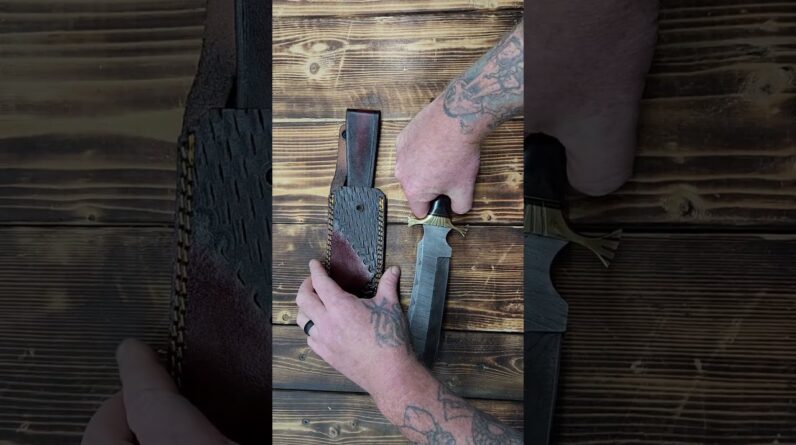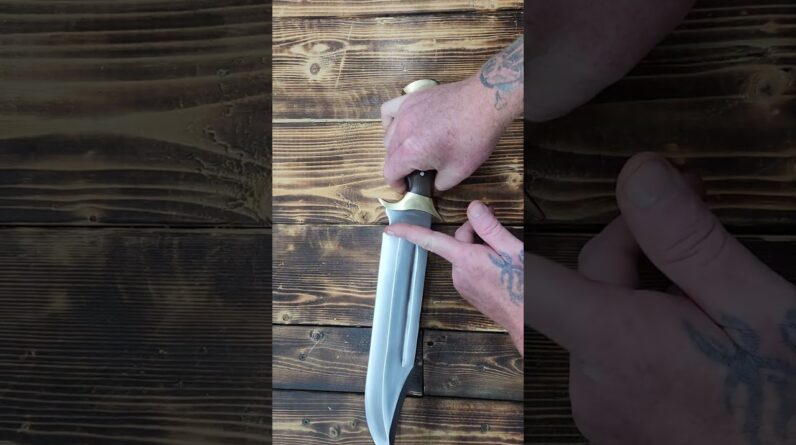
Survival Prepping Supplies and Doomsday Prepper Food
As part of survival prepping, you’ll need to consider your animals’ needs. While cats and dogs are the most common pets, many people also have exotic pets and even a fish tank. You’ll need to be prepared for different scenarios and make sure you have the supplies to care for your animals if you’re forced to live in an emergency situation. If you have pets, think about what you’ll need to provide for their needs if you have to bug out or stay in the same place as your family.
While food should be your number one priority, you should not neglect your other survival needs. During a survival situation, power might be spotty, so you’ll want to prepare for a longer time span. Also, try to stock up on dry food rather than foods that require refrigeration. You may also want to invest in extra food storage containers if possible, but it’s best to store food in them. When possible, buy a second refrigerator or freezer.
Depending on how long you’re preparing, the goal is to be prepared for two weeks or half as long as it takes society to reconnect. Typically, this is based on how long it takes to recover from a major storm or attack. If that’s not possible, you should plan on staying in the same place for a year or longer. In addition, survival prepping can prepare you for emergencies that happen on a daily basis, but they can also come unexpectedly.
Many new preppers start by buying only the basics. Although this might seem like a great way to save money, a bare-bones diet will make you hungry and miserable. The key is to stock up on ingredients to make several different meals for different circumstances. This way, you’ll never feel bored eating the same things over again. When you’re stuck in the wild, you won’t have to rely on your favorite canned food or snack bars.
Among the most overlooked aspects of survival prepping is community preparedness. Knowing your local emergency response teams and building positive relationships with your neighbors will go a long way in helping you survive the inevitable. In addition, you’ll be setting an example by helping others prepare as well. And this will encourage them to do the same. You never know when a natural disaster or a disaster may strike. The best way to be prepared is to be as prepared as possible.
Natural disasters can cause devastating damage to infrastructure in minutes. A forest fire may give you an early warning, but it still leaves a trail of destruction and can leave you with nothing. In addition to these types of catastrophes, climate change is another reason people choose to prepare. Some choose to prepare for immediate natural disasters, while others plan for long-term changes, including future climate changes. It all comes down to how much prepared you’re willing to go to.
A bug out bag is usually the first place to start prepping. This is also known as a get-home bag and should contain the basics that you’ll need to survive. If you’re living in a city, you might want to bug out to the wilderness, which you can prepare yourself for. You can even use old tin cans as hobo stoves, a buddy burner, and toilet paper. Old clothes and shoes can serve as temporary patches, as well as shields against radiation.
You can find survival prep books that are related to your specific needs. The Complete Medicinal Herbal, for instance, explains the uses of herbs and provides recipes. This book, which is about 1,000 pages long, also provides critical thinking about economics and a variety of possible disaster scenarios. Although many prepping books are relevant to situations outside the home, it is not necessary to pick a survival guide for your city. If you’re interested in learning more about the benefits of natural remedies, consider reading The Ultimate Survival Guide by John Alton, MD.
Aside from canned food, canners can be used for processing jars of water. If you don’t have a canner, you should also invest in a portable survival water filter. Water is essential for any prepping operation. Without it, you’ll quickly become dehydrated, which is a very dangerous condition that will likely make you unable to survive. You need at least a gallon of water per person per day, but more if you live in a hot area. You’ll also need water for rehydrating freeze-dried food. Water is also needed for washing clothes.

